Welcome to the Bucketlog! It's going to be 2019's year-long blog series, focusing on games I've been meaning to play since forever. I've put together a list derived from a mix of systems, genres, and vintages because it's starting to look like 2019 might be the first "lean" year for games in a spell (though time will tell whether that pans out to be true) and I figured this would be a fine opportunity to finally tick off a few items I've had on my various backlog lists/spreadsheets for longer than I'd care to admit.
August
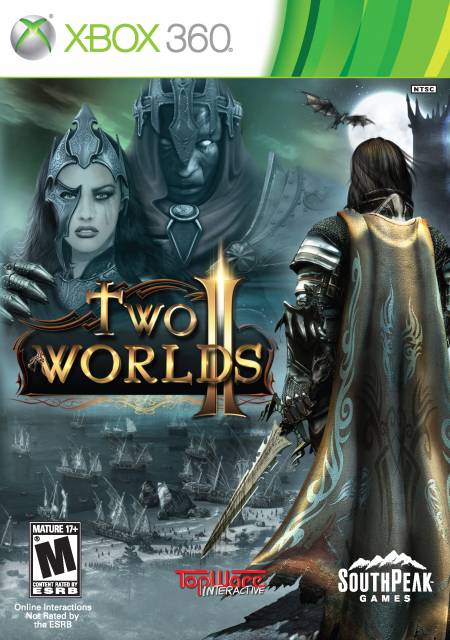
- Game: Reality Pump's Two Worlds II.
- System: Xbox 360.
- Original Release: 2010-11-12.
- Time from Release to Completion: Eight years, seven months, nine days.
When I think back to my years with the Xbox 360, there was a lot of experimentation involved. Not in an interesting college-aged "taking baths with lots of people" type of experimentation, but in how I had essentially unlimited access to my local Blockbuster's video game rental service - in fact, I probably helped precipitate that institution's eventual collapse in some small way - but a limited selection to choose from. Frequently, I'd take chances on almost anything I hadn't completed yet, and particularly when it came to RPGs: my preferred genre, at least out of the ones readily available on the 360 (3D platformers and narrative-driven adventure games were, as you might recall, a little thin on the ground).
One of the many so-so games I was introduced to in this way was Reality Pump's 2007 CRPG Two Worlds: a risible attempt to imitate an Elder Scrolls open-world RPG that was hampered by a litany of technical issues and terrible voice acting, though one that eventually worked its modest charms on me all the same. It was unapologetic in its earnestness; a case of a team of developers biting off far more than they could evidently chew, but filled with ideas and ambitions that - though the delivery was off - was endearing in its audacity. It had a much better loot system than Oblivion, its closest competitor at the time, and its world design ranged from medieval to oriental - you could be stabbing orcs in a dingy castle one moment, and then be transported to a picturesque city of pagodas and zen gardens right out of a wuxia epic. I struggled through its obstacles, both intentionally placed and incidentally wrought by its bugs, until I reached its noncommittal conclusive battle with its masked antagonist Gandohar ("Gandohar" is just an objectively fun supervillain name to say too. "Gandohar!!") and then promptly forgot about it, having switched focus to any number of new rentals hitting the 360 rack that month.
By late 2010 and early 2011, my access to the rental service had diminished considerably, with the venerable rental service itself soon to hit obsolence and dissolution. I wasn't playing as many new games as a result - as you can see from the first of many "Games Beaten In [Year]" lists written for the site, which is spread across multiple platforms and release years - and Two Worlds II somehow passed me by. Just as Two Worlds was an answer to Oblivion, I'd like to think that Two Worlds II was getting out just ahead of Skyrim before it dominated the RPG discourse during the final months of 2011. Unlike Two Worlds, the sequel was roundly praised for what it got right and for finally executing on the promises of the original, which was why I was excited to use this feature as an excuse to finally revisit a game series I sorta appreciated back when it was still bad.
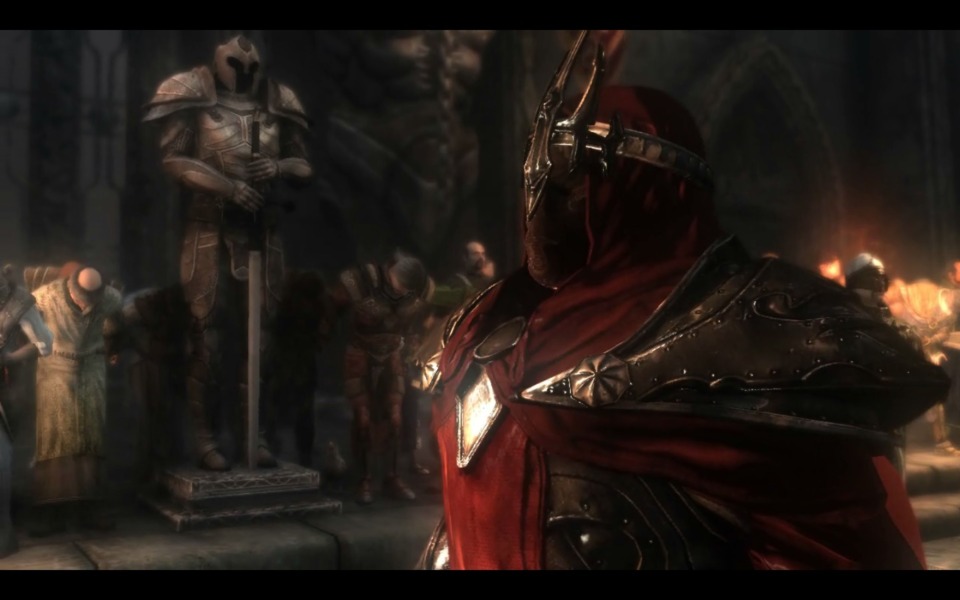
Despite the improvements, Two Worlds II is still an almighty jankfest (the likes of which are all too prominent today, mind) with similar problems as its forebear: bad voice acting, a typo-filled localization (the game was originally Polish), visual glitches out the wazoo, a few nasty wider-reaching bugs (like a couple of missing guild quests, making it impossible to procure their attached achievements), and a general awkwardness to the game that made itself known whenever you spotted an NPC marching intently into a wall forever or killing an enormous foe down in a dungeon only for it to ragdoll-sprawl itself across your path forcing you to figure out how to move past its hindersome bulk. Yet, these are also the types of bugs that Skyrim itself had, and that had a much higher budget, development staff, and production cycle. I also can't speak to how many of these issues were eventually corrected by the game's enhanced "Velvet GOTY Edition" release for Steam, which I would've played instead were it not for this silly "one game per system" rule I devised for this feature (also, it raised the question of who awarded it GOTY in a year where Dark Souls and Skyrim came out, but I digress).
All the same, I think Two Worlds II is an impressive game under the hood. Visually it's not much to look at, though I respect that it revisited its vaguely Asian setting for the city of New Ashos and its surrounding forests, while dedicating the majority of the game's geography to a Northern African Morocco/Algiers-styled sandy bazaar city with a massive surrounding savannah to explore on horseback. Rather, the game's strengths lie in its myriad systems and features: its card-based magic spell customization, its tools for recycling vendor trash for upgrade materials for your equipped gear, its stealth takedowns and lockpicking mini-games, having three separate loadouts for equipment that lets you instantaneously change classes or weapon damage types to suit whatever you're fighting, the elaborate skill system that is introduced slowly over the first chapter that provides various passive abilities and combat skills that operate on cooldowns, and a very strange but cool idea where you can send magical eyeballs out like remote drones to recon the upcoming dungeon or surrounding overworld for threats and points of interest. The game's also replete with quality-of-life flourishes like an instant teleportation system that gives you several fast travel points but also allows you to make your own with removable teleport platforms, or a free and cheap and endlessly reusable level up respec system, small or large icons for easier inventory navigation, bonus skillpoints for milestones to reward the player for mixing it up, fast regeneration of HP and MP whenever your weapon is sheathed, being able to upgrade equipment anywhere as long as you have the right resources, gems with passive boosts that you could slot in and out of gear as the situation demanded, and it autosaves every area transition and after a (player-determined) amount of time has passed. Maybe nothing groundbreaking by today's standards, but very accommodating for 2010.
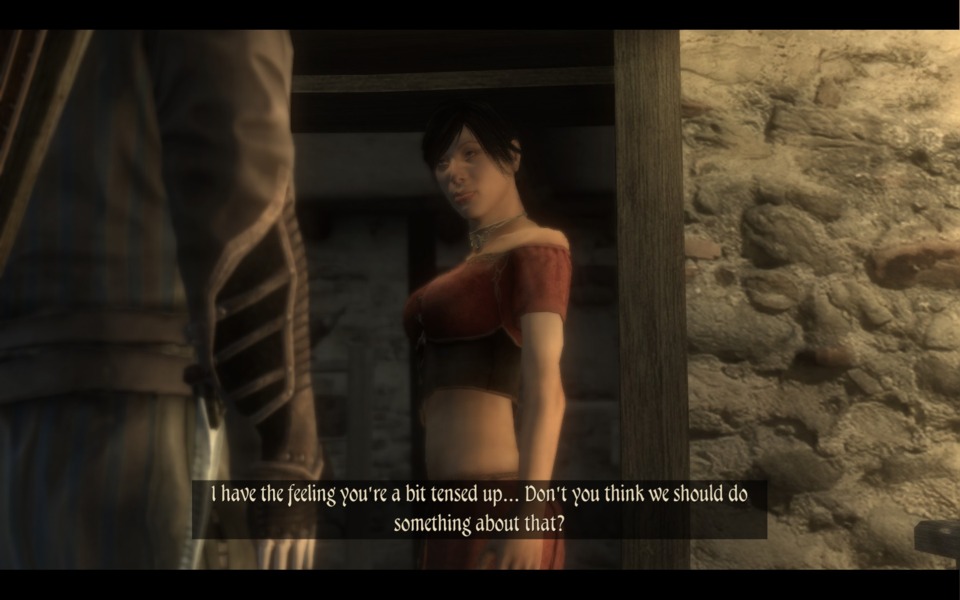
The combat in particular took some getting used to. I discarded magic and ranged attacks quickly because they didn't seem feasible when enemies could close the gap so fast, and melee was mostly tedious battles of attrition initially, but I realized that all three approaches became far more palatable as you earned more skills and invested enough points into them. Rather than finding and using a finite supply of precious elemental arrows, you had elemental coverage across several arrow skills instead, and could take advantage of sniper mode to hit multiple targets simultaneously before aggroing them. Magic expanded in a huge way once you had enough card types: for each spell slot, the game lets you take an effect card (fire, ice, poison, etc.) and a carrier card ("missile" for single-targets, "area" for short range AoEs, "summon" for allied monsters who would run interference while you kept back with spells, "altar" and "enchant" for buffs, and so on) and then any number of bonus effect cards - like any CCG, it only became truly versatile once you'd taken the time to build your deck.
Melee, which I continued to stick with, soon stopped being about hacking away while keeping your defensive stance up to mitigate damage whenever the enemy retaliated and became more like a dance. Say I was facing three enemies: I could hit all of them with an AoE Block Breaker to disperse them, hit the closest one with a Humbling Blow roundhouse kick to send them prone, use that opportunity to coup de grace them for an instant kill, smack the next closest with a Blunt Force or Thrust Strike (depending on my equipped weapon) to force them back, and then hammer the third with regular attacks until Block Breaker had regenerated and his friend had returned to the fray. As the last enemy fell, I'd immediately sheathe my sword in the same motion as the final blow so I could start regenerating health quickly - a swag move if the timing's right, though I'd also regularly sheathe my weapon just as my opponent stood back up with a sliver of health ready to beat down my unarmed ass for my hubris. Since I was focusing on melee, I could switch between loadouts where I had a sword or a mace: the former's useful against beasts like spiders and cheetahs, while the latter's best used against skeletons and armored foes. Despite the tactical edge, these battles would usually move fairly quick if I was attentive enough to exploit elemental/damage type weaknesses, and I could even soften foes up by laying down some traps I'd previously binded to the hotbar or by switching to a separate ranged loadout with a bow or mage staff until they were close enough to switch back. Even today, it's some of the best open-world action RPG combat I've come across, even if the level of jankiness can make it feel a bit floaty and odd sometimes. Coup de graces, for example, will often miss if the enemy's on a lower contour: the animation of the attack has to connect at a certain point with the enemy model for it to apply its effects.
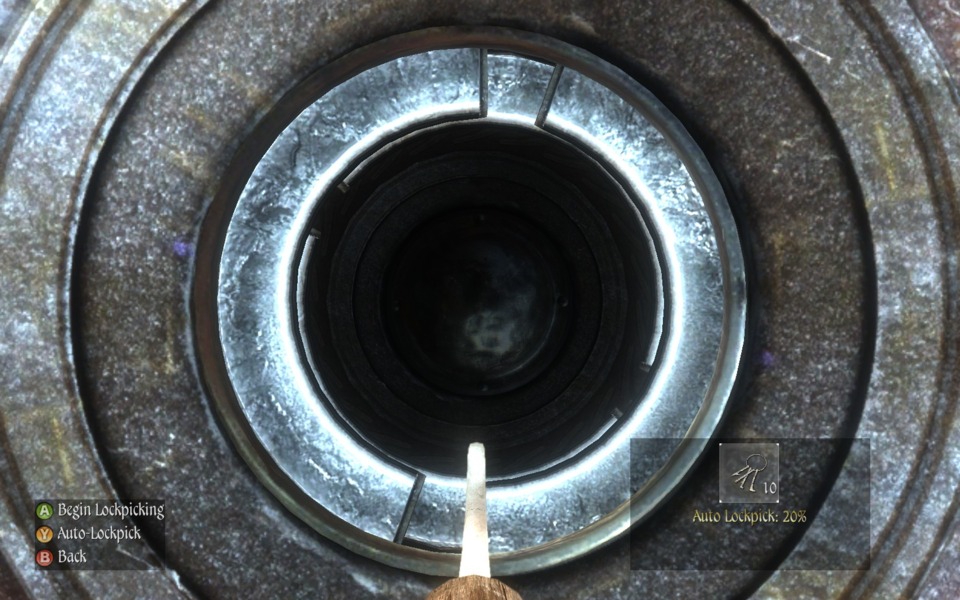
There's no shortage of European Jank RPGs, or EJRPGs, coming out even now. ELEX was launched in 2017 to middling acclaim, there's the divisive Pathfinder: Kingmaker from last year, and even Two Worlds II is seeing some much delayed DLC showing up in recent years: Call of the Tenebrae hit in 2017, while Shattered Embrace is due out next month (something I had no idea until after my playthrough; not that I'm champing at the bit to play this game for another 30 hours, mind). I like to drop into this slightly ramshackle corner of the RPG market occasionally, but it's not to condescend or mock; rather because I'm fascinated by the ambition and creativity that can only come from a number of disparate markets, designers, and world cultures. I'll love the Infinity Engine style throwback RPGs, the big-budget movie aspirations of BioWare and its North American imitators, and the many flavors of Japanese RPG until the day I perish - however, the more avenues there are for RPG development the more variance in vision we'll see, even if that vision might occasionally be compromised by some shaky visual design, some problematic subject matter for side-quests, or a plethora of technical bugs. I'm sure Mount & Blade II: Bannerlord will be an absolute mess when it launches, and yet I'm looking forward to seeing what new features and notions it'll bring to that high-reaching franchise all the same.
As I come away from Two Worlds II and consider its strengths and weaknesses for the purposes of this review, I think back to how there must have been those in 2011 that scoffed at the notion that this game was a potential Skyrim killer, but in the years since the latter's ubiquitous fervor has tapered off it's become a much closer race than anyone might care to admit. (And hey, it was nice to revisit the Xbox 360 too. Being within spitting distance of 100,000 Gamerscore, it strikes me just how much time I spent with that console a decade back.)
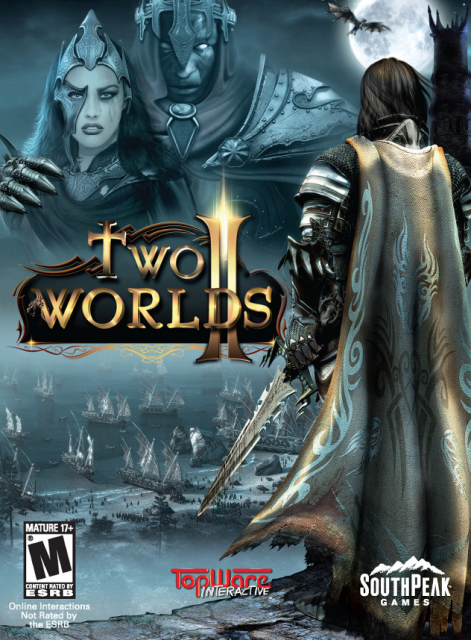
Log in to comment